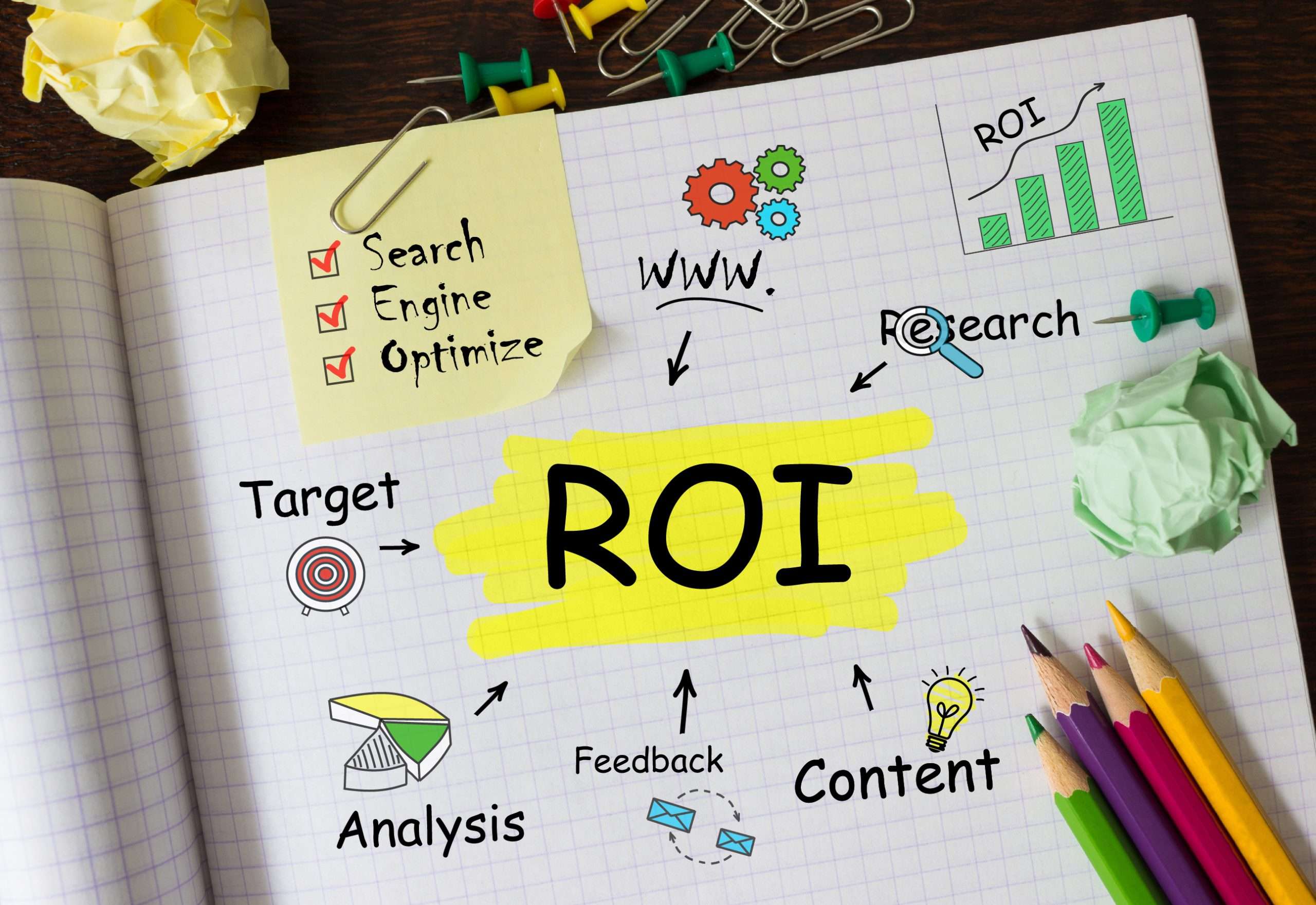
From Clicks to Conversions: Top Proven Performance Marketing Strategies
In today’s data-driven marketing landscape, every penny counts. Enter performance marketing, a strategic approach that goes beyond brand awareness and focuses on measurable results. But how do you navigate this results-oriented world and ensure your performance marketing strategies translate into real ROI? This blog post will act as your guide, demystifying performance marketing and offering actionable strategies for ROI-driven advertising.
Understanding Performance Marketing
Unlike traditional marketing with its focus on broad exposure, performance marketing prioritizes achieving specific goals. You only pay for actions taken, such as clicks, leads, or sales. This makes it ideal for businesses seeking tangible results and optimizing their marketing budgets.
At its core, performance marketing is a comprehensive term that covers online marketing and advertising programs in which advertisers (businesses looking to promote products or services) pay marketing companies (agencies, affiliate networks, or publishers) when a specific action is completed, such as a sale, lead, or clicks.
The Key Players
- Advertisers: Businesses that want to promote their products or services.
- Publishers: Entities that own spaces where ads can be placed, including websites, blogs, or social media platforms.
- Networks: Platforms that connect advertisers with publishers and often provide tracking and reporting tools.
- Agencies: Companies that manage performance marketing strategies for advertisers.
The ROI Advantage of Performance Marketing
Measurable Goals
Performance marketing thrives on clearly defined goals, like website traffic growth or increased conversions. This clarity allows you to track progress and measure success effectively.
Data-Driven Decisions
Data is king. Performance marketing strategies utilize analytics tools to track campaign performance, identify what’s working, and optimize for better results. This data-driven approach ensures you’re spending your budget wisely.
Targeted Audience
Performance marketing leverages audience segmentation to reach the right people with the right message. This targeted approach reduces wasted ad spend and increases the likelihood of conversions.
Strategies for ROI-Driven Performance Marketing
Performance marketing offers a powerful tool for businesses seeking measurable results. But mastering this approach requires a strategic and data-driven mindset. Let’s delve deeper into the core performance marketing strategies that will maximize your return on investment (ROI).
Choosing the Right Channels
Start by understanding your target audience’s online behavior. Where do they spend their time? What platforms do they use to consume content and make purchasing decisions? Conduct thorough research to identify the channels where your audience is most receptive to marketing messages.
Here’s a breakdown of popular channels that should be a part of your performance marketing strategy:
- Search Engine Marketing (SEM): Utilize paid search ads (PPC) on platforms like Google Ads and Bing Ads to target users actively searching for products or services like yours.
- Social Media Advertising: Leverage the powerful targeting capabilities of social media platforms like Facebook, Instagram, and LinkedIn to reach highly specific audience segments based on demographics, interests, and behaviors.
- Affiliate Marketing: Partner with relevant websites and influencers to promote your products or services in exchange for a commission on sales generated through their referrals.
- Email Marketing: Build an email list of engaged subscribers and nurture them with targeted campaigns that drive conversions.
Optimizing Landing Pages for Conversions
Landing pages are the critical bridge between your ad and the desired action. Here’s how to ensure they convert effectively:
VALUE PROPOSITION CLARITY
Clearly communicate the benefit your product or service offers within seconds of a visitor landing. Use concise headlines, bullet points, and visuals to paint a compelling picture.
FRICTIONLESS USER EXPERIENCE
Ensure the landing page is mobile-friendly and has a clear call to action (CTA) button. Streamline the conversion process – for example, keep lead capture forms concise and minimize required fields.
A/B TESTING LANDING PAGE ELEMENTS
Don’t settle for assumptions! A/B test different elements like headlines, CTAs, and page layouts to identify the variations that resonate best with your audience and drive higher conversion rates.
Mastering A/B Testing
A/B testing is a cornerstone of data-driven performance marketing. Here’s how to leverage it effectively:
IDENTIFY TEST VARIABLES
Choose specific elements within your campaigns to test, such as ad copy, visuals, targeting parameters, or landing page elements.
SET UP SPLIT TESTS
Create variations of the chosen element and split your target audience to see which variation performs better. Most advertising platforms and marketing tools offer built-in A/B testing functionalities.
ANALYZE AND ADAPT
Once the test period concludes, analyze the data to see which variation yielded the best results. Implement the winning variation across your campaigns and repeat the process for continuous improvement.
Tracking and Analytics: Turning Data into Insights
Performance marketing thrives on data. Here’s how to leverage key performance indicators (KPIs) for campaign optimization as a part of successful performance marketing strategy:
DEFINE SUCCESS METRICS
Align your KPIs with your overall marketing goals. Common KPIs for performance marketing include click-through rates (CTR), conversion rates, cost per acquisition (CPA), and customer lifetime value (CLTV).
UTILIZE TRACKING TOOLS
Leverage a combination of website analytics tools like Google Analytics with UTM parameters, URL shorteners with tracking features, marketing automation platforms, CRM integration, and even custom conversion tracking code. This comprehensive approach will allow you to meticulously track campaign performance across different channels and gain deeper insights for optimizing your ROI.
DATA VISUALIZATION AND REPORTING
Regularly generate reports that visualize your data. This allows you to identify trends, pinpoint areas of improvement, and track progress towards your goals. Incorporating visual elements like charts, graphs, or infographics can make the insights more accessible and engaging for readers, helping to illustrate the effectiveness of your strategies clearly.
Refinement and Adaptation: The Ongoing Performance Marketing Journey
Performance marketing is an iterative process. Here’s how to ensure your approach stays effective:
SCHEDULE REGULAR REVIEWS
Set aside time for regular campaign reviews where you analyze data, identify optimization opportunities, and test new strategies.
EMBRACE EXPERIMENTATION
Don’t be afraid to experiment with different formats, targeting approaches, and creatives. This continuous learning will help you refine your campaigns based on audience behavior and market trends.
STAY AHEAD OF THE CURVE
The digital marketing landscape is constantly evolving. Keep up-to-date with the latest trends, platform updates, and industry best practices to stay ahead of the competition. Understanding how performance marketing strategies intersect with SEO efforts can provide a holistic view of your online presence and ensure that your paid and organic efforts complement each other effectively.
Bonus Tip: Leverage Automation Tools
Many performance marketing platforms offer automation tools that can streamline your processes and optimize your campaigns further. Explore features like automated bidding for PPC campaigns, dynamic ad generation based on audience segments, and email marketing automation for nurturing leads. These tools can save time and increase efficiency, allowing you to focus more on strategy and less on the manual execution of campaigns.
conclusion
By implementing the strategies outlined in this blog, you can unlock the true potential of performance marketing and achieve significant ROI. Remember, it’s about setting clear goals, leveraging data effectively, and continuously optimizing your campaigns. With a results-oriented mindset and a data-driven approach, you can turn your performance marketing efforts into a powerful engine for business growth. Real-world examples demonstrate that businesses across industries can successfully apply these strategies to drive measurable results, underscoring the importance of adopting a strategic and flexible approach to performance marketing.
Success in performance marketing is not just about employing the right strategies; it’s also about fostering an environment of continuous improvement and adaptation. Looking for a partner to drive your clicks to conversions? Get Your Free Performance Marketing Audit!




